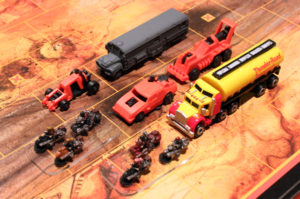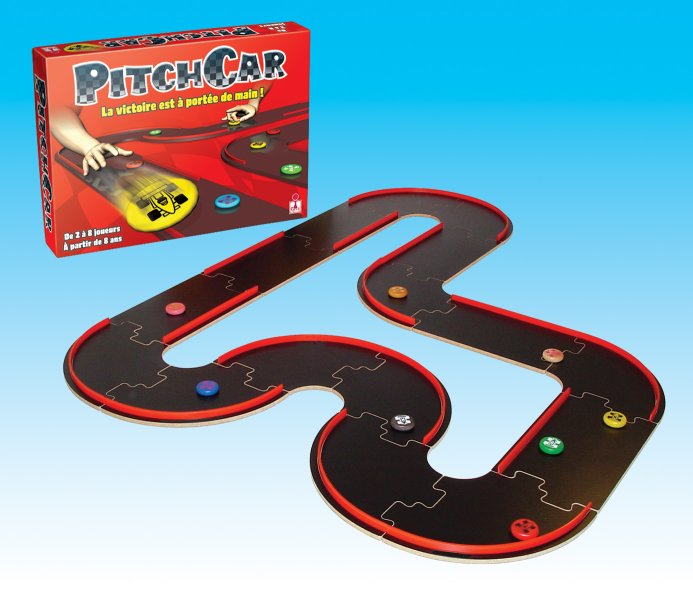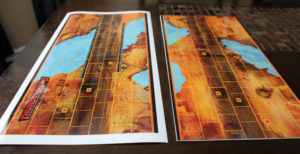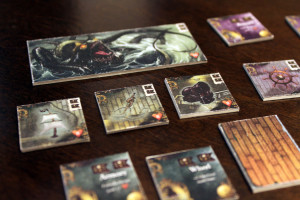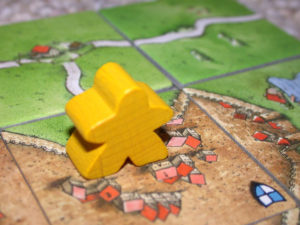I really love miniature games. I love the spectacle, the freedom of gaming choices, the complex strategies, and the unique customizations you can achieve to bring individuality to your game components. Pimping minis games is so ubiquitous though that I’ve seen it argued that the vast majority of effort in a minis game isn’t pimping at all. Rather, it is more like a minimum requirement to play the game, much like punching out game tokens are in a board game. I can see both sides of the argument but I grew up and still consider myself a board gamer first, minis gamer second so anything beyond punching tokens or bagging up components feels like work and if it is work making the game look better or play better, I consider it pimping.
This “work” aspect is my least favorite part of minis games. I want to play the game so I can figure out what, or even if I’d like to emphasize something when I decide to pimp it out. I’m not a fan of some of the staple hobby aspects such as modelling and painting. The other issue I have with the genre is storage. Even if I had the room, storing all the extras that come along with miniature games like terrain, custom boards, modeling and painting tools, and the miniatures themselves can eat up way too much storage real estate.
Read More

